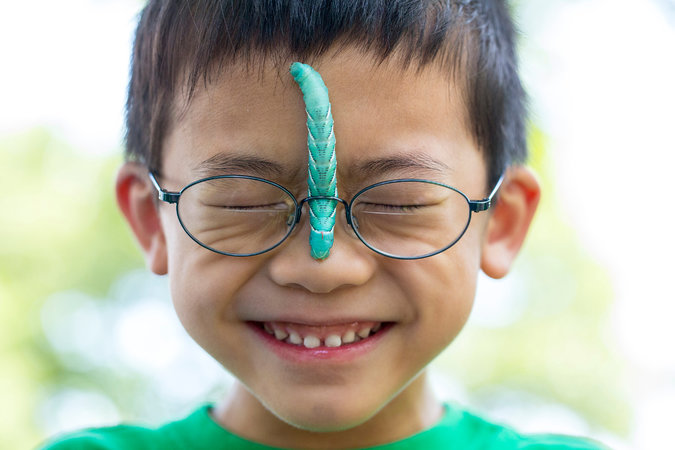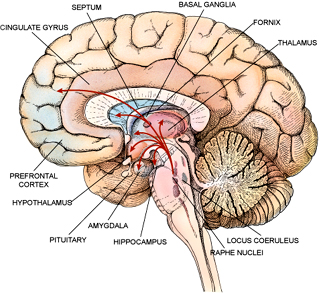
Entomophobia. It sounds like a long, scary word, but what does it really mean?
Entomophobia can simply be defined as a specific phobia of one or more classes of insect. A specific phobia is a DSM-V defined anxiety disorder in which an individual has an irrational fear to specific objects or situations. Because of this fear, these individuals typically begin to consciously avoid situations or experiences in which they could come in contact with the feared stimulus.
If you are visiting this blog, chances are you have a child who has been diagnosed with entomophobia, or perhaps arachnophobia (fear of spiders), apiphobia (fear of bees), or myrmecophobia (fear of ants). Understand that this is not completely out of the ordinary: entomophobia often times develops in young children and is highly treatable.
Before you go on to my other blog posts, I have decided to define several terms that might come up in my future posts. This way, the language will not seem as foreign to you and you can better understand the intricacies of what your child might be going through.
Systematic Desensitization: systematic desensitization is a form of treatment for specific phobias, fears and other anxiety disorders. Systematic desensitization consists of helping the patient engage in a form of relaxation, be it deep breathing, progressive relaxation techniques or guided meditation. Once the patient is sufficiently relaxed, they will gradually be exposed to ‘levels’ of the feared stimulus. For a child with severe entomophobia, this could begin with simply bringing the child outdoors, followed by sitting in the grass and eventually working up to holding a ladybug.
Generalization: when a phobic child generalizes, they begin to extend their fears beyond the originally feared stimulus to other similar situations or stimuli. As entomophobia becomes more severe, a child will continue to generalize more and more until, at its most severe, a child will not want to go outside. This can be called agoraphobia, or fear of being in an unsafe environment. If a child’s entomophobia goes untreated, their anxieties can really have an effect on their daily functioning and well-being.
Bibliotherapy: bibliotherapy is a common technique used to help children with specific phobias like entomophobia. In bibliotherapy, parents or caregivers will use books as a medium to help their child tackle their anxieties. Usually with the help of a trained professional, parents will construct an anxiety hierarchy in which they rank their child’s feared stimuli from least feared to most feared. Once this has been done, parents will obtain books about these feared stimuli and gradually begin reading to their children about them, slowly exposing them to stimuli and working their way up to the ones that they fear the most.





